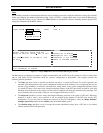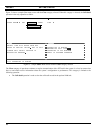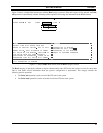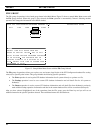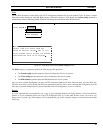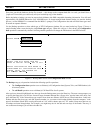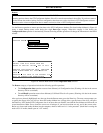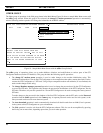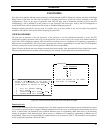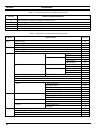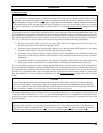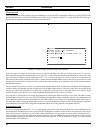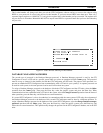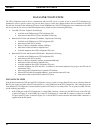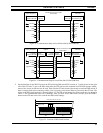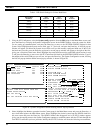
PASSWORDS LBI-3907
7
27
PASSWORDS
Now that you are familiar with the general operations available through the GTI Configurator software and where in the Main
Menu screen to find them, the first order of business is assigning passwords to protect the systems managed by the GTI
Configurator(s). There are two types of passwords used. The first type, used by authorized personnel to access the GTI
Configurator(s), will be referred to in this section as a user password. The second type, used by the GTI Configurator to
access the GTI units, will be referred to in this section as a Database Manager password.
Although assigning passwords is an easy task, it is equally easy to get into trouble if you are not careful. Pay particular
attention to the cautions in this section before assigning any passwords.
USER PASSWORDS
The first type of password is the user password. A user password is used by authorized personnel to access the GTI
Configurator software operations. One of up to four passwords can be used to access one of up to four different functional
levels of the GTI Configurator software. Each functional level allows access to a different set of operations, representing a
different area of responsibility. This allows many personnel with various responsibilities to use the same GTI Configurator
software, yet only have access to those operations within their area of responsibility.
Figure 20 shows the Passwords screen before passwords have been assigned. After passwords have been assigned, the asterisk
following each functional level number will be replaced by the currently assigned password for that functional level.
Figure 20 - Password Screen before Passwords Have Been Assigned
Functional Levels
There are four functional levels (level 4 through level 1) for which a password can be assigned, and one functional level (level
0) for which no password can be assigned. Although functional level 4 has access to all operations and functional level 0 has
access to almost none, the functional levels represent different areas of responsibility rather than access to an increasing
number of operations. Each functional level allows access to a different set of operations, representing a different area of
responsibility. These areas of responsibility for each functional level are shown in Table 2. The functional level required to
access each specific operation is shown in Table 3.



